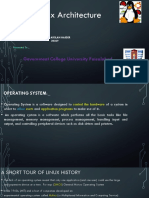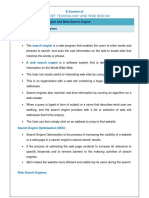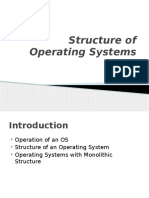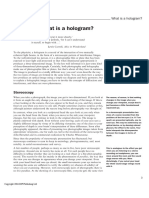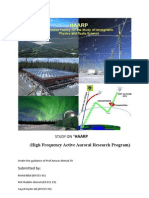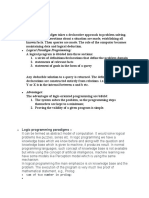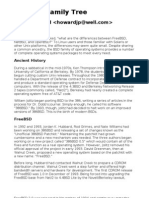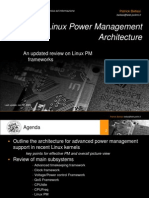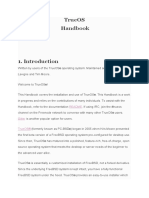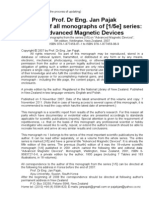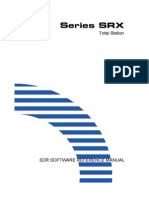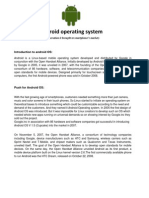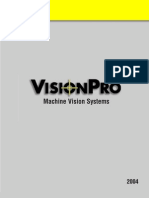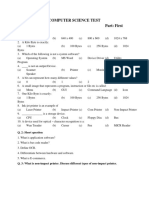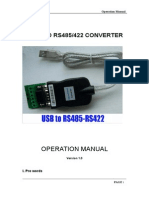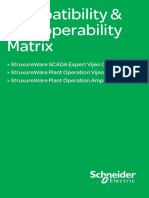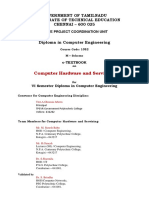0% found this document useful (0 votes)
108 views33 pagesGPU Programming Slides 1
The document outlines a GPU Programming course (CSGG3018) taught by Amit Gurung, focusing on parallel programming with GPU architecture and APIs. It includes course objectives, outcomes, evaluation methods, and key concepts in concurrency and parallel programming. The course emphasizes the importance of concurrency in GPU programming and covers tools like CUDA and OpenCL for efficient computation.
Uploaded by
pillai.siddhartCopyright
© © All Rights Reserved
We take content rights seriously. If you suspect this is your content, claim it here.
Available Formats
Download as PDF, TXT or read online on Scribd
0% found this document useful (0 votes)
108 views33 pagesGPU Programming Slides 1
The document outlines a GPU Programming course (CSGG3018) taught by Amit Gurung, focusing on parallel programming with GPU architecture and APIs. It includes course objectives, outcomes, evaluation methods, and key concepts in concurrency and parallel programming. The course emphasizes the importance of concurrency in GPU programming and covers tools like CUDA and OpenCL for efficient computation.
Uploaded by
pillai.siddhartCopyright
© © All Rights Reserved
We take content rights seriously. If you suspect this is your content, claim it here.
Available Formats
Download as PDF, TXT or read online on Scribd
/ 33








